Table of Content
The treatment should be repeated 3 times per day for a couple of days until the conjunctivitis is treated completely. However, if the symptoms are worse, you should see the doctor. Conjunctivitis can be triggered by bacteria, virus, or allergens like dust mites, pollen, cosmetics, and some medicines. A bacterial infection is usually indicated by a thick, crusty discharge, while swollen glands and a watery or mucousy discharge indicate a viral infection. Both viral and bacterial conjunctivitis start in one eye and often spread to the other.
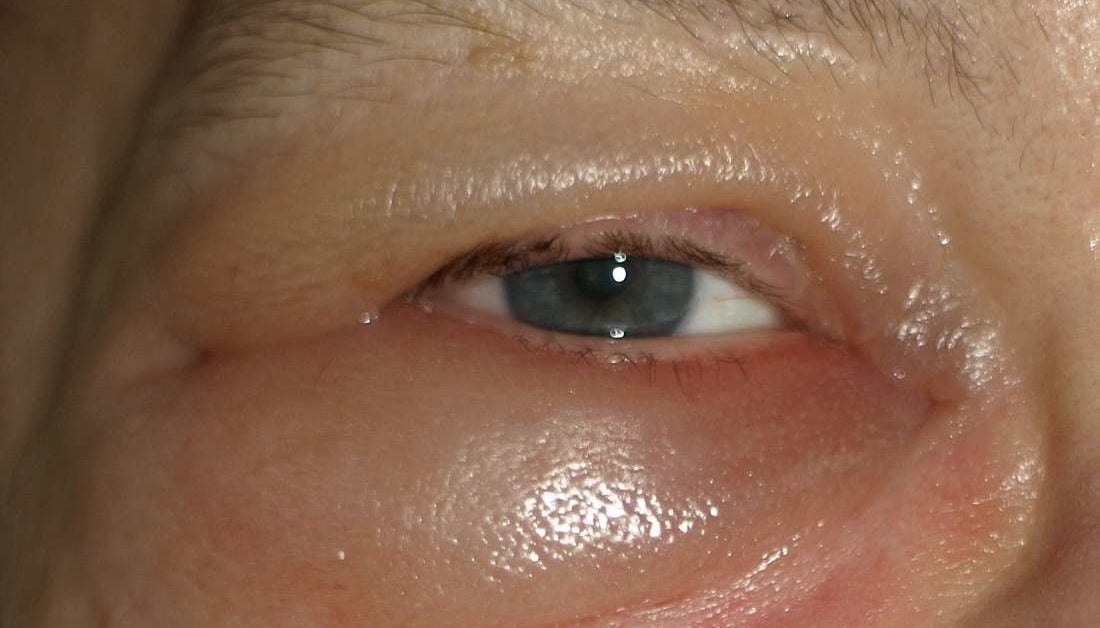
Wring it out and press it gently to your closed eyelids. If you have pinkeye in only one eye, keep the compress away from the healthy one, or it could get infected, too. But don’t make it too hot, which could make your pinkeye worse or burn your eyelids.
Related to Eye Health
This can quickly relieve the burning sensation and prevent the infection from spreading. Cold symptoms generally last about two weeks, although viral pink eye typically goes away in five to seven days. And as long as you take antibiotics, bacterial pink eye also lasts about five to seven days. Viral conjunctivitis is usually accompanied by the common cold or a respiratory infection.
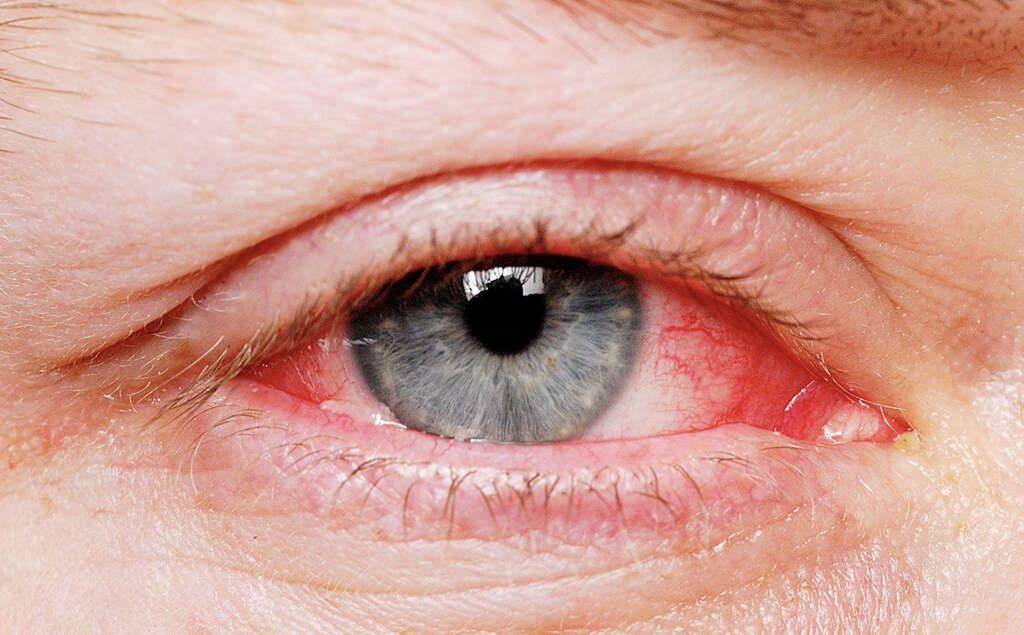
Pink eye, also known as conjunctivitis, is a very common cause of eye discoloration, discharge, and discomfort in both children and adults. If mild symptoms fail to improve over the course of a week or two, seek medical attention. Verywell Health's content is for informational and educational purposes only. Our website is not intended to be a substitute for professional medical advice, diagnosis, or treatment. Stop using contact lenses until you can see your doctor. Wash your hands frequently to lessen the chance of infecting other people.
Lifestyle and home remedies
When a newborn baby shows symptoms of conjunctivitis, don’t wait to see a doctor. If the trigger is an infection, the condition can get quite serious. A newborn’s conjunctivitis is best treated under medical guidance. The only home remedy advisable is a warm compress between the eye and nasal area to clear a blocked tear duct or any irritation and swelling. The highly contagious nature of pink eye is why this infection is so common.
A person with conjunctivitis also experiences discharge or crusting around the eyes. The condition can be managed by cleaning eyelids with a wet cloth and by applying cold or warm compresses several times in a day. Because honey has healing properties, it is considered as the effective home remedyon how to treat conjunctivitis. Scientists have shown the effectiveness of honey in treating pink eyes or conjunctivitis. A study showed that regular application of honey can decrease the amount of bacteria in the eyes of patients who suffer from dry eyes.
Eye symptoms commonly seen in multiple sclerosis
If a person needs to touch their eyes, such as when they are cleaning them, they should wash their hands thoroughly before and afterward. It is important not to reuse any tissues, washcloths, or towels that have been in contact with the affected eye. A person should also avoid wearing contact lenses or eye makeup until the symptoms have gone. Pink eye typically gets better when the cause is no longer applicable, meaning that the infection has gone or the allergic reaction has stopped. In the meantime, cool compresses, proper eye hygiene, eye drops, and over-the-counter medications may help reduce discomfort. Mild bacterial conjunctivitis may get better without antibiotic treatment and without causing any complications.
It is usually temporary and resolves on its own, but home remedies can help minimize the symptoms. If you have pink eye caused by an allergen or irritant, try to avoid the allergen or irritant. Get ophthalmologist-reviewed tips and information about eye health and preserving your vision.
Conditions We Treat
A person can make a cool compress by soaking a clean washcloth or hand towel in cold water and wringing out any excess water. They can then hold the cloth over the affected eye for a few minutes. It’s also important to see a doctor for pink eye if you have a weakened immune system from HIV, cancer treatment, or another medical condition. Light-sensitivity is more likely to be a sign of measles-related pink eye. Sensitivity to indoor light is always a sign of a serious eye condition, usually involving sight-threatening damage to the cornea.

You can learn more about how we ensure our content is accurate and current by reading our editorial policy. Some OTC medications may help relieve the pain of pink eye, but they will not cure it. If you think you or a loved one may have measles-related pink eye, see an ophthalmologist right away and make sure they report it to local health authorities.
Your doctor may recommend an antihistamine for your toddler or another medicine, depending on your child’s other symptoms and the severity of the condition. Bacterial pink eye can be treated with antibiotics that are applied topically. Your child can get bacterial pink eye from touching contaminated objects or from contact with those who have the infection. Verywell Health articles are reviewed by board-certified physicians and healthcare professionals. These medical reviewers confirm the content is thorough and accurate, reflecting the latest evidence-based research.
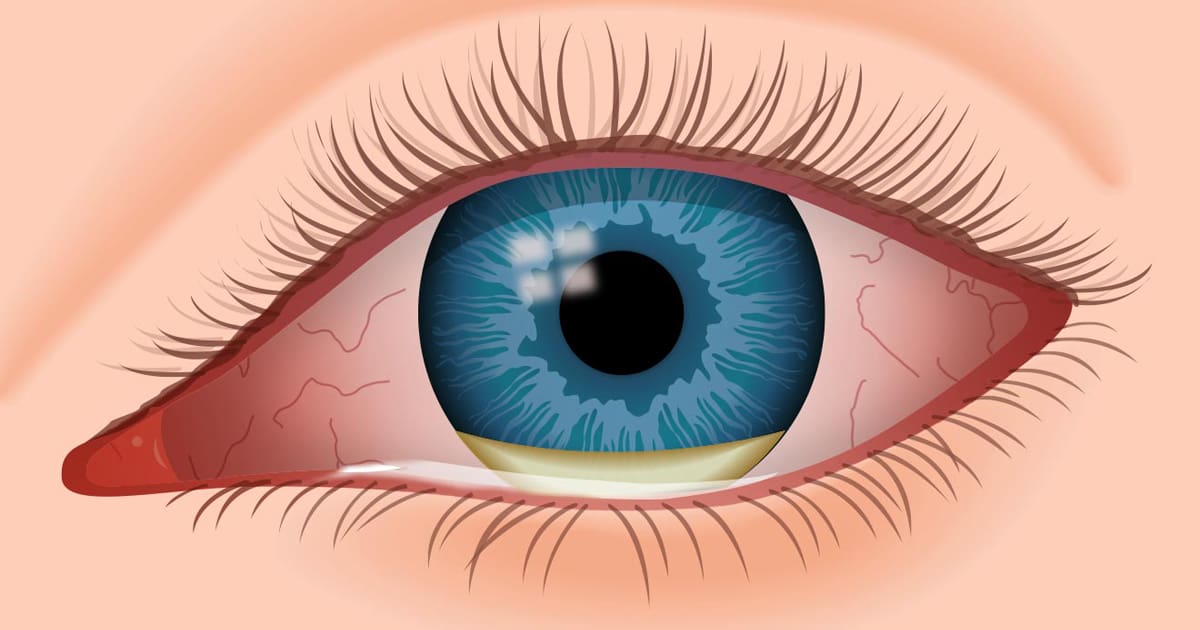
One study showed that patients with seasonal allergic conjunctivitis reported a drop in the redness, itching, and heat after consuming mandarin orange yogurt for 2 weeks. According to traditional Ayurvedic medicine, tulsi or holy basil leaf has anti-inflammatory, anti-bacterial, anti-viral properties that can provide relief from conjunctivitis. Pink eye is an inflammation or infection of the transparent membrane that lines your eyelid and covers the white part of your eyeball.
This treatment will ease the symptoms of conjunctivitis. However, there are things you can do at home to obtain relief from the symptoms. If you want to ask for the way on how to treat conjunctivitis, you should not ignore the cold or warm compress treatment. All you need to do is soaking a clean, soft cloth in the water. Squeeze it in order to remove waterand then apply the treatment on your closed eyes.

It may be more appropriate to use an ointment antibiotic when treating a toddler. You can apply the ointment to the sides of your toddler’s eye, and the ointment will slowly make its way into the eye as it melts. During the exam, your child’s doctor will look at your child’s eyes and ask you about other symptoms. Allergic and irritant pink eye will usually appear in both eyes. One or both of your toddler’s eyes can become red or pink in color when a virus, bacterium, allergen, or irritant inflames the conjunctiva.
How the COVID-19 omicron and delta variants could affect your eyes
Pus usually builds up in case of bacterial conjunctivitis. The pus dries quickly, forming a crust along the edges of eyelids. The infected person may find it difficult to open their eyes, especially in morning.
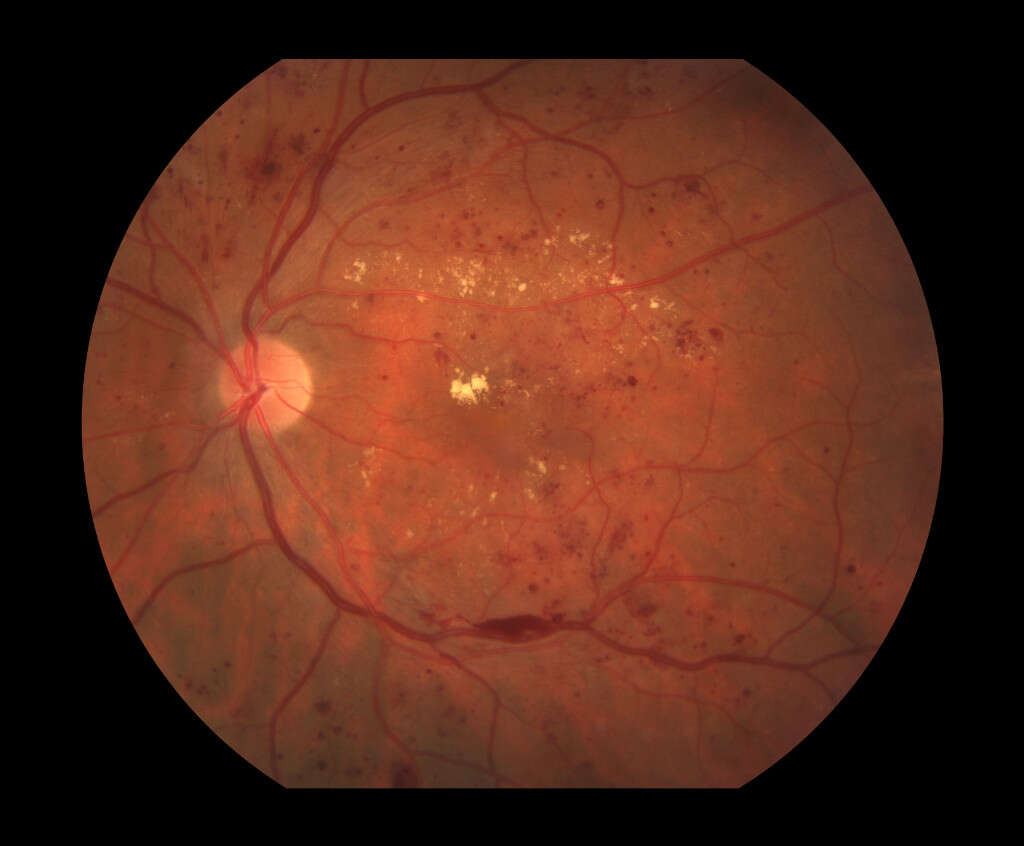
There is no treatment for the virus and usually you just have to let it heal on its own. Viral pink eye should go away within a week or two without treatment. When you suffer from conjunctivitis, you should have a few days off school and work. The possible reason may be that viral conjunctivitis can come back during three or five days.
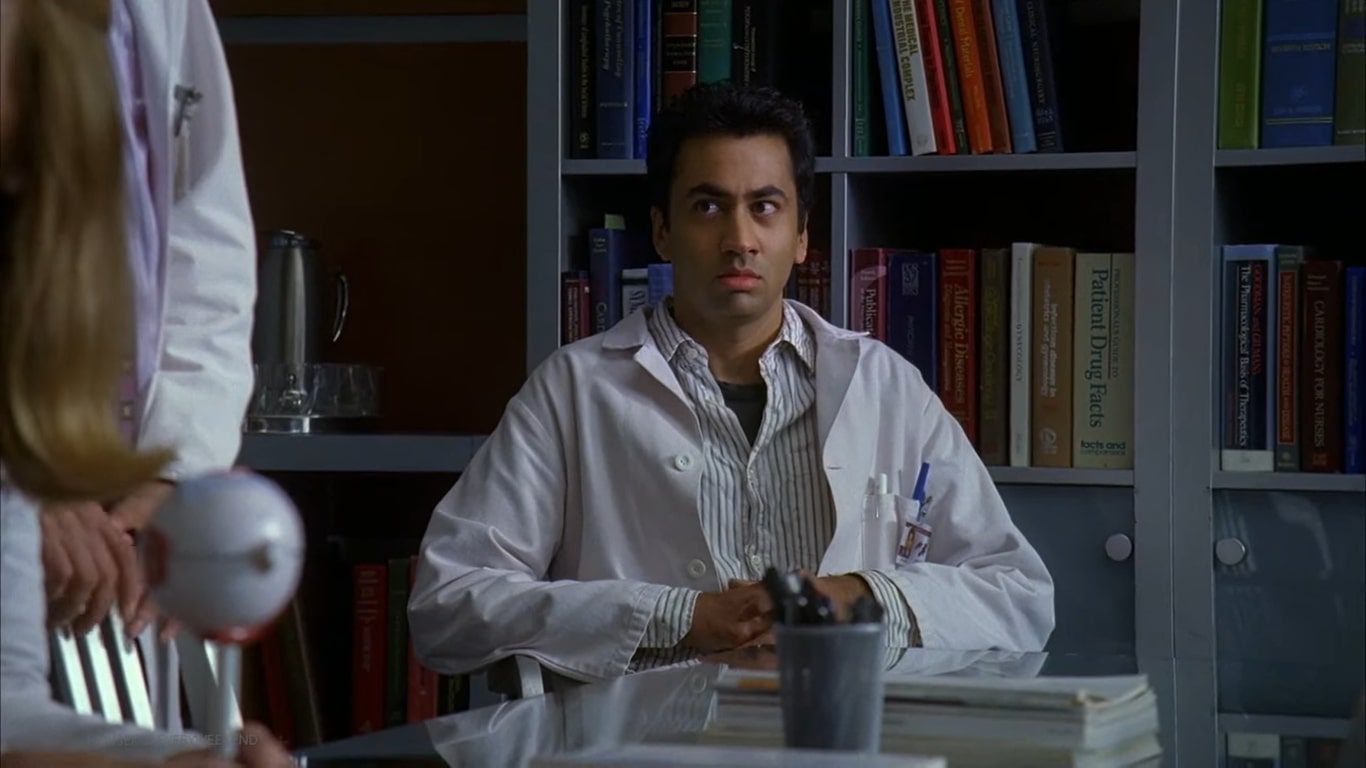
No comments:
Post a Comment